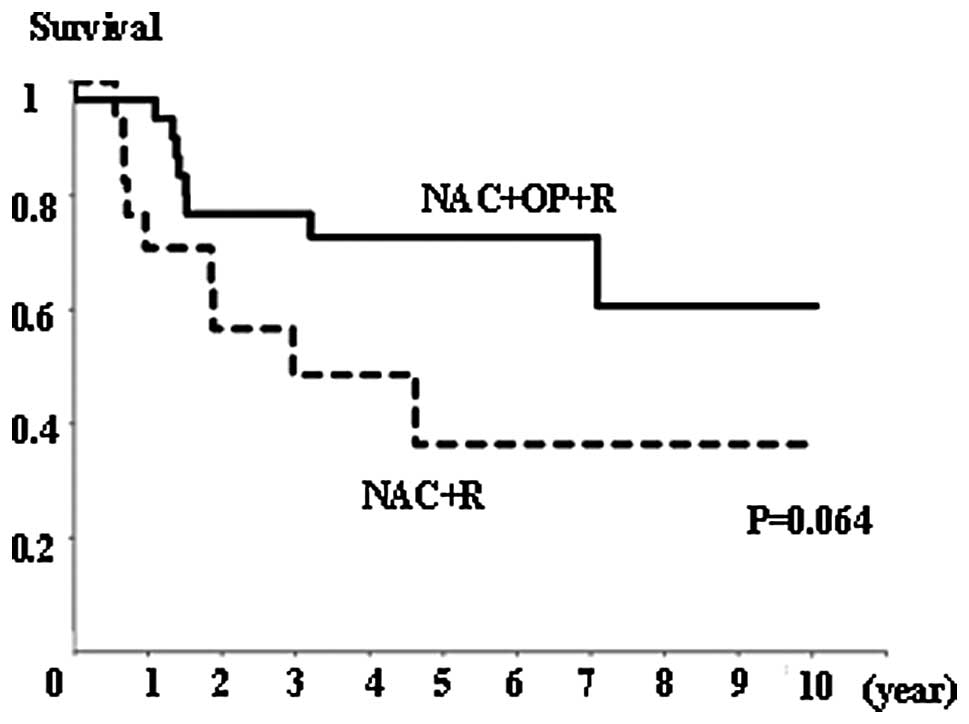Mitotic Arrest and Mitotic Cell Death Are Possible Outcomes of TTFields Biology Diagrams However, cells undergoing mitotic arrest eventually become committed to different fates (Fig. 2): (1) apoptosis, (SASP), which promotes chemotherapy side effects and cancer relapse [118]. In addition, senescent cancer cells can activate several pro-survival signaling pathways to become resistant to apoptosis [1, 16, 59]. Moreover, this consequence may have clinical implications: given the variable degree of γ-H2AX formed on drug-induced arrest in different cancer cell lines, it is plausible that the sensitivity of a tumor to antimitotic chemotherapy could be influenced by its propensity to sustain DNA damage during mitotic arrest.

Abstract. Methionine deprivation stress (MDS) eliminates mitotic activity in melanoma cells regardless of stage, grade, or TP53 status, whereas it has a negligible effect on normal skin fibroblasts. In most cases, apoptosis accounts for the elimination of up to 90% of tumor cells from the culture within 72 hours after MDS, leaving a scattered population of multinucleated resistant cells. Loss

cancer therapies: where they stand Biology Diagrams
These lead to chronic mitotic arrest from sustained activation of the mitotic checkpoint. Here, we review the linkage between the mitotic checkpoint, aneuploidy, adaptation from mitotic arrest, and antimitotic drug-induced cell death. both in driving tumorigenesis and, possibly, by promoting resistance to chemotherapy. New insights that If the damage is extensive, tumor suppressor pathways such as p53 mediate cell cycle arrest and apoptosis. The combination of these drugs enhances overall cytotoxicity while reducing the likelihood of resistance. Cancer cells that evade docetaxel-induced mitotic arrest can still be targeted by cyclophosphamide's DNA-damaging effects. Disrupted passage through mitosis often leads to chromosome missegregation and the production of aneuploid progeny. Aneuploidy has long been recognized as a frequent characteristic of cancer cells and a possible cause of tumorigenesis. Drugs that target mitotic spindle assembly are frequently used to treat various types of human tumors. These lead to chronic mitotic arrest from sustained

Subsequently, cells undergo mitotic arrest and since the compound disrupts spindle formation and chromosome orientation, One mechanism developed by tumor cells, when exposed to chemotherapy including antimitotic drugs in vitro, is the membrane efflux pumps of the ATP-binding cassette (ABC) family . Tumors can be intrinsically resistant to chemotherapy before treatment or acquire resistance during treatment as a result of microevolutionary pressure on tumor cells. It is possible that prolonged mitotic arrest is responsible for ceramide elevation by paclitaxel and that any inhibition of this arrest would suppress ceramide generation and
